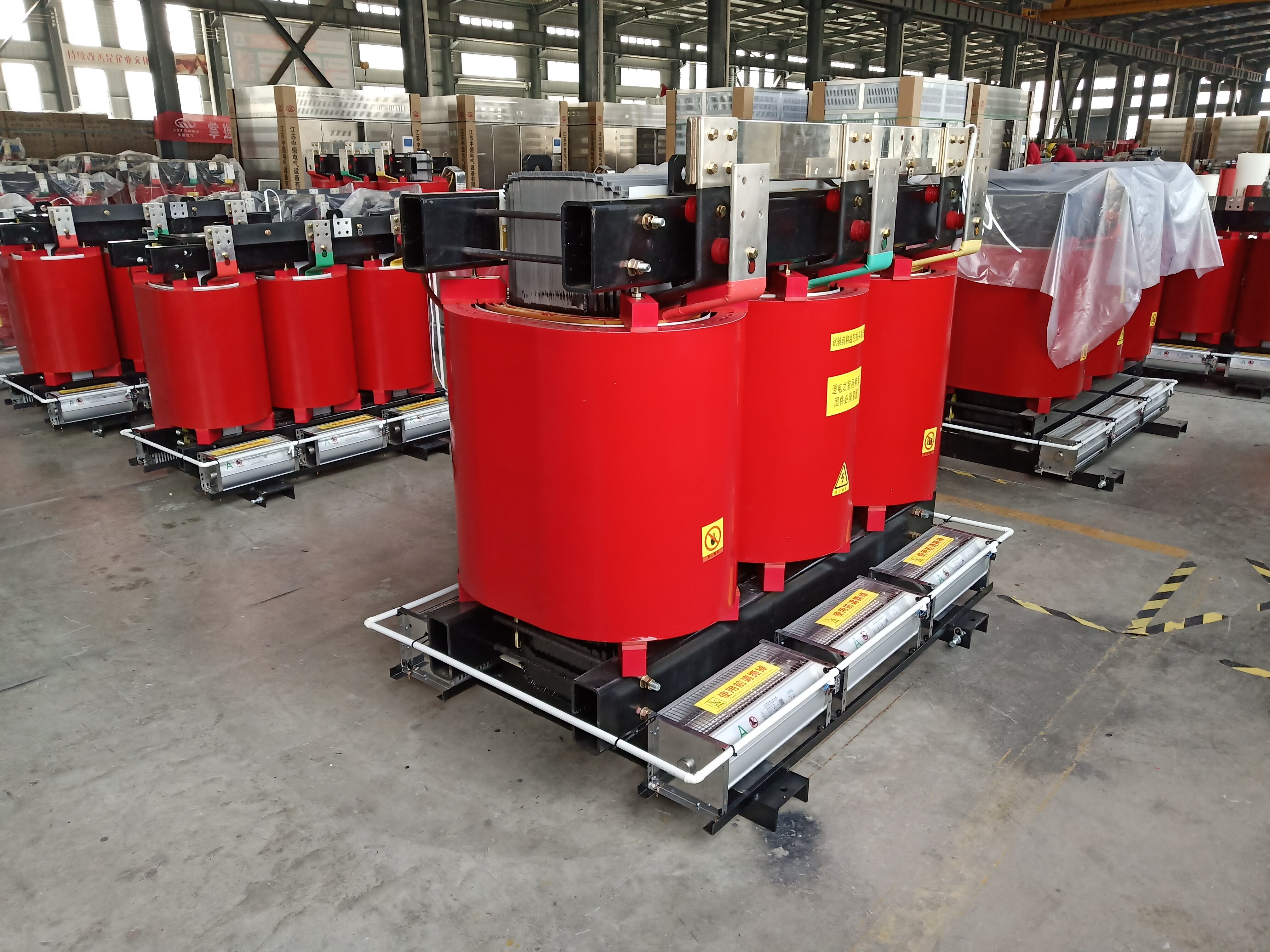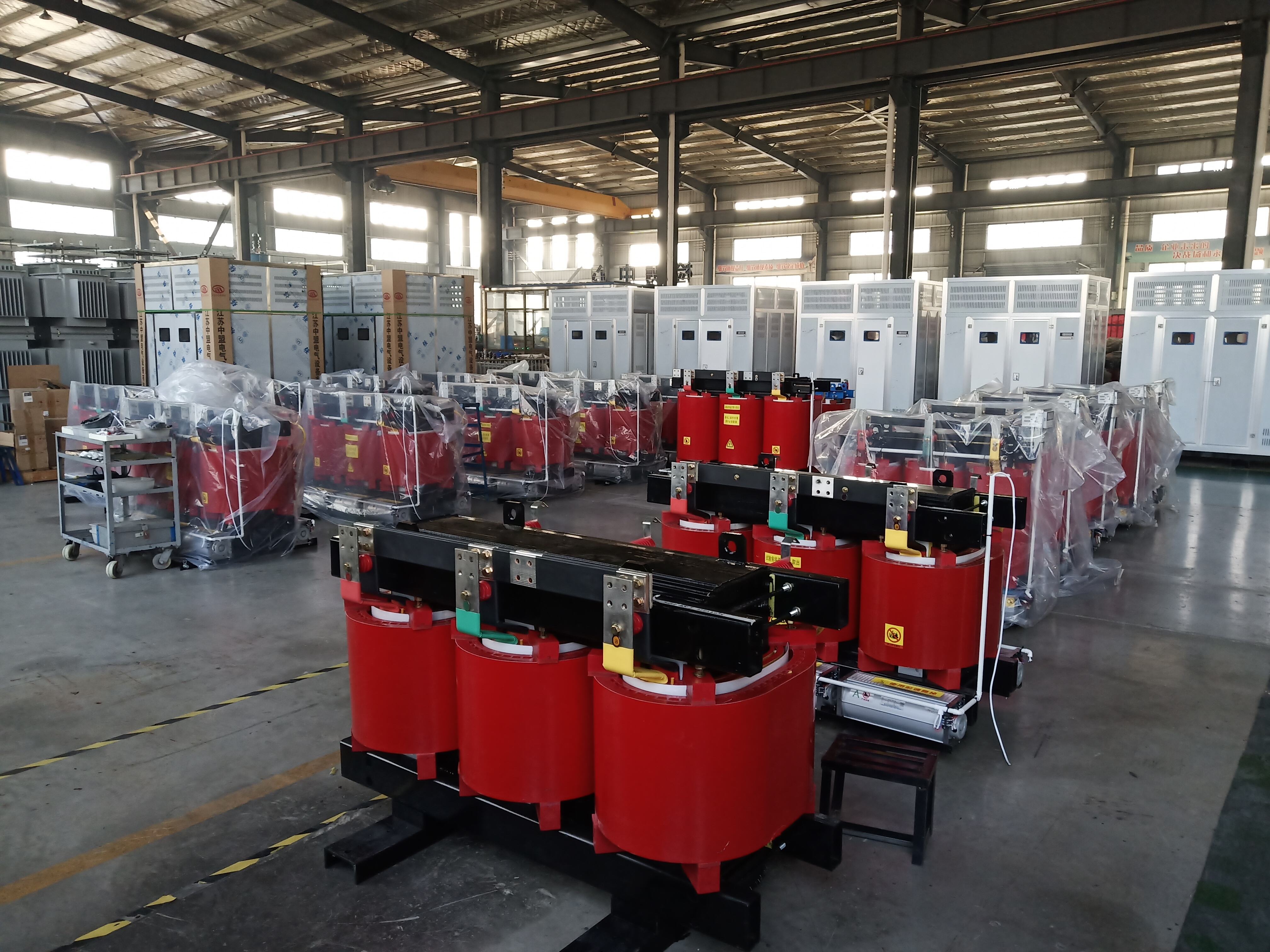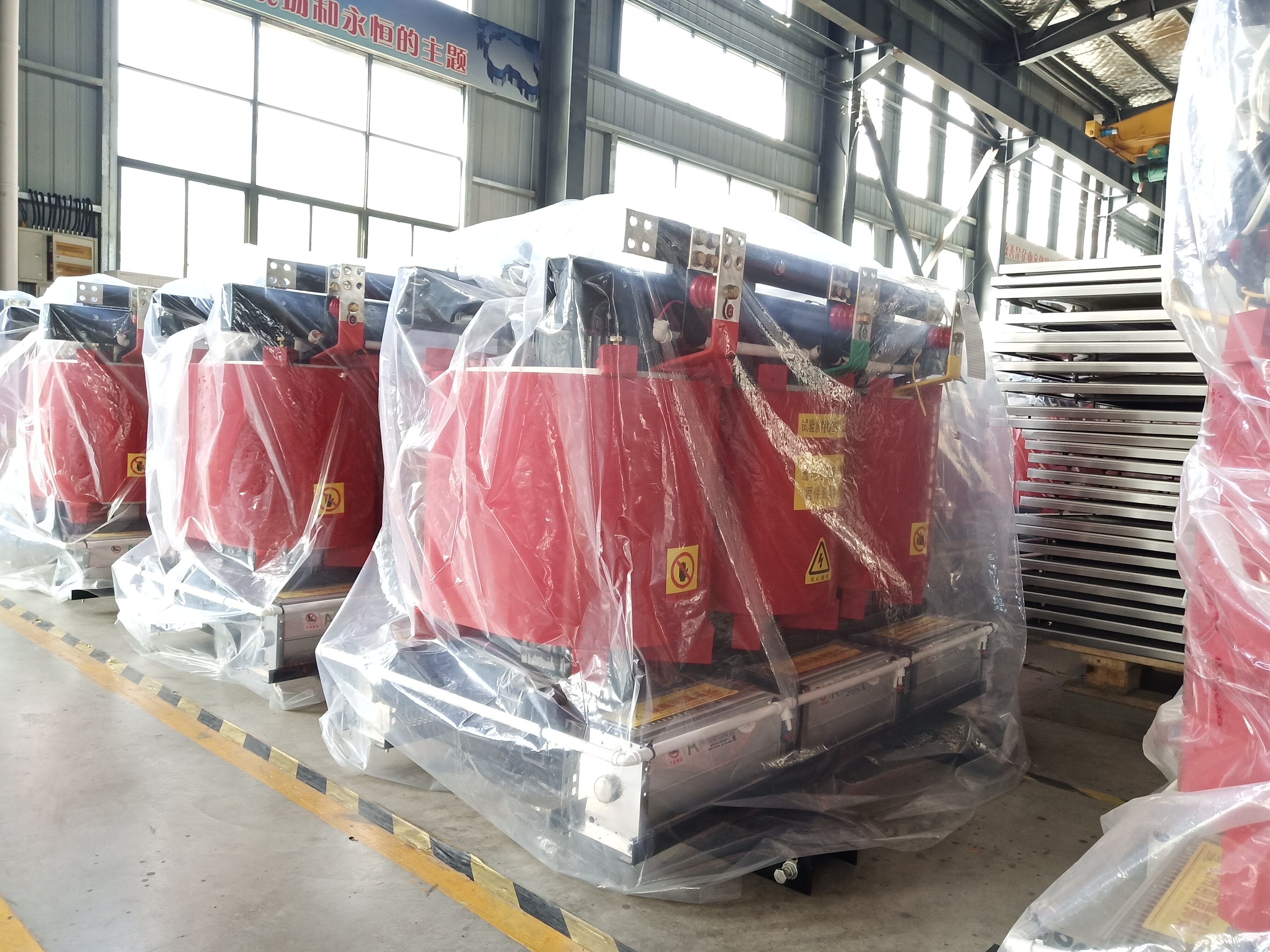types of power transformer
Power transformers are essential electrical devices that come in various types, each designed for specific applications. The main categories include Distribution Transformers, Power Transformers, and Specialty Transformers. Distribution transformers typically operate at voltages below 69kV and are commonly used in residential and commercial power distribution. Power transformers handle higher voltages, usually above 69kV, and are crucial in power transmission networks. Specialty transformers include autotransformers, which use a single winding for both primary and secondary functions, and instrument transformers for measurement purposes. Each type incorporates specific technological features such as cooling systems, ranging from oil-immersed to dry-type designs. Oil-immersed transformers use mineral oil for insulation and cooling, while dry-type transformers employ air or synthetic materials. Modern power transformers also feature advanced monitoring systems, tap changers for voltage regulation, and protective devices against electrical faults. In industrial applications, transformers may include special features like vacuum pressure impregnation (VPI) for enhanced insulation and durability. The selection of transformer type depends on factors including voltage requirements, environmental conditions, and specific application needs.


